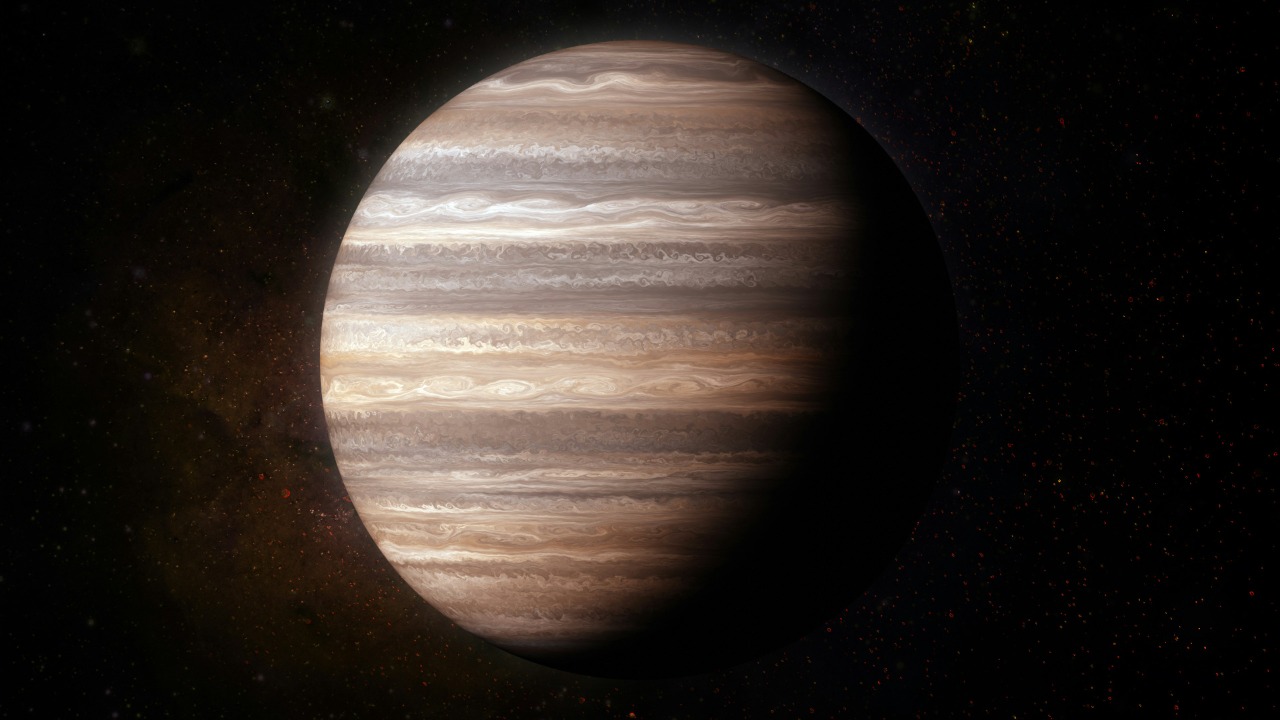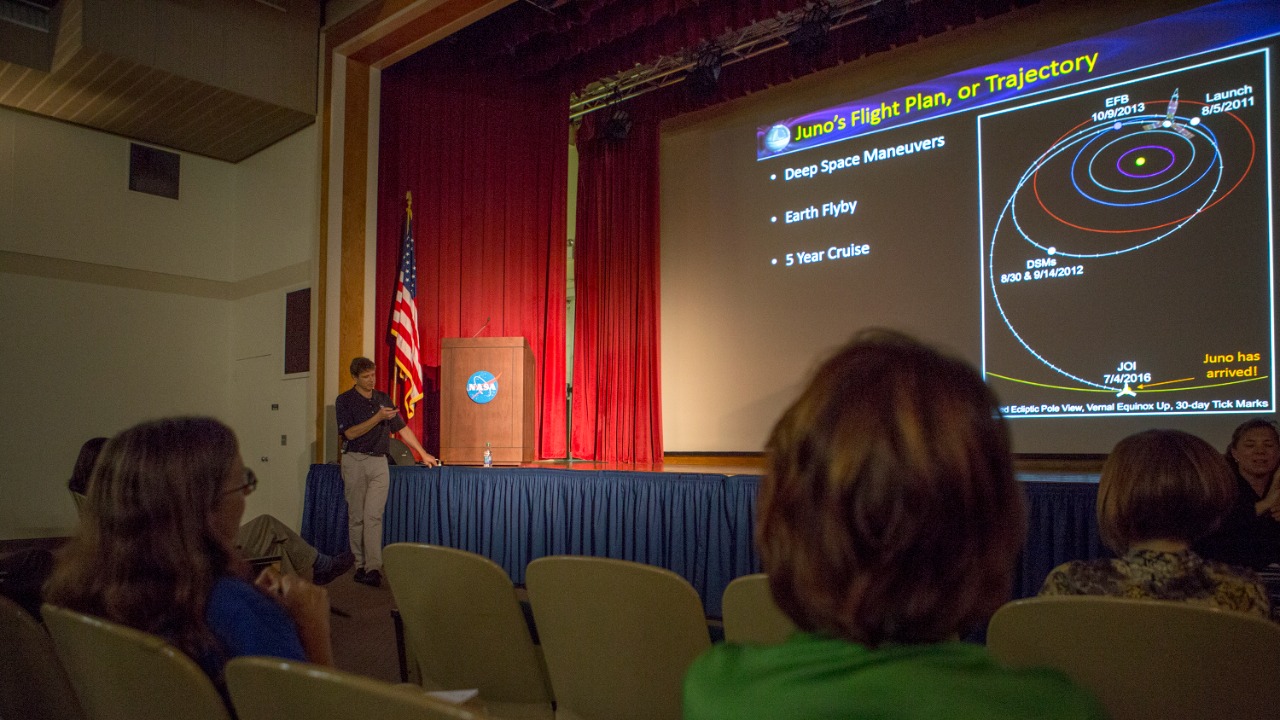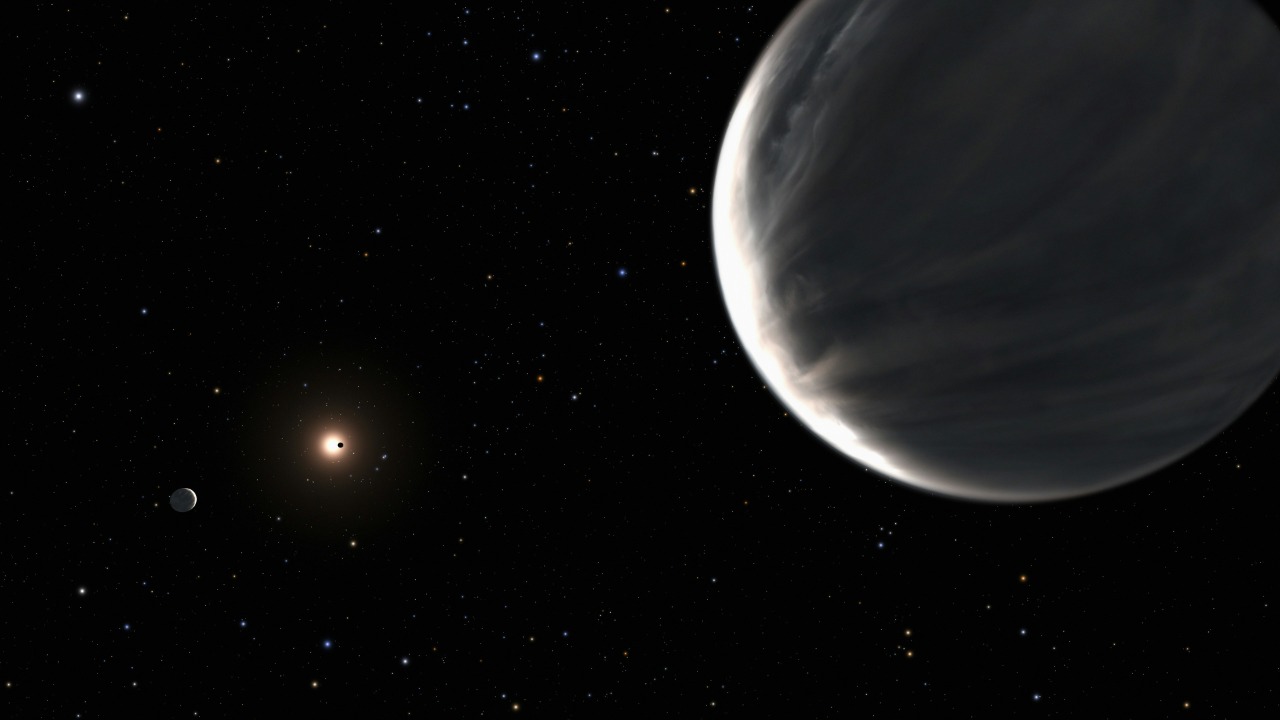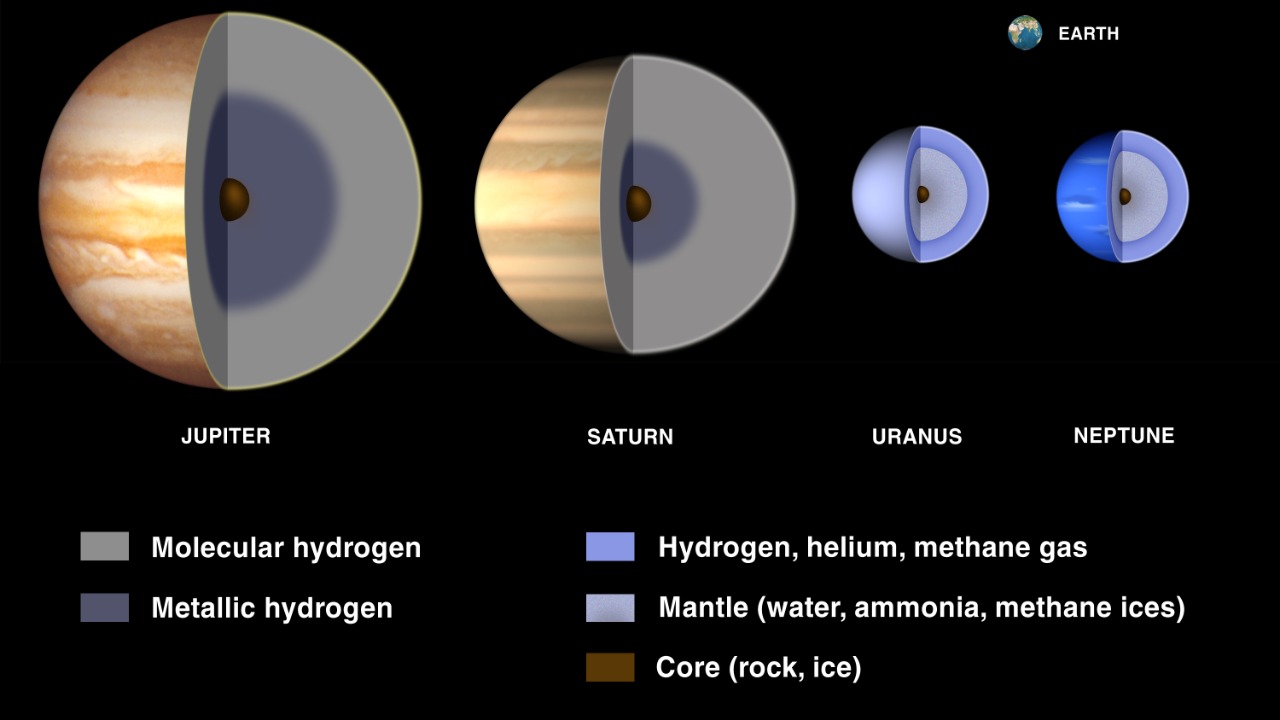
Scientists have unveiled a unified model that explains the formation of powerful jet streams reaching speeds of 1,200 mph on gas giants like Jupiter, resolving long-standing mysteries about their atmospheric dynamics. This breakthrough provides a consistent framework applicable to Jupiter, Saturn, Uranus, and Neptune, where such winds shape the planets’ banded appearances. The model highlights how deep atmospheric convection drives these zonal winds, offering insights into the interiors of these distant worlds. Interesting Engineering.
Observing Jet Streams on Jupiter

Spacecraft like Juno have provided visual and data evidence revealing the complex nature of Jupiter’s jet streams. These streams, alternating between eastward and westward directions, are embedded within the planet’s clouds and reach astonishing speeds of up to 1,200 mph near the equator. This dynamic system is responsible for Jupiter’s iconic banded patterns, where narrow zones of high-speed flow contrast with broader equatorial regions. The data from Juno and other missions have been crucial in understanding how these streams form and persist, offering a window into the planet’s rapid rotation and gaseous composition Interesting Engineering.
These jet streams are not only visually striking but also scientifically significant. Measurements from past missions have shown that these streams are both persistent and variable, a characteristic tied to Jupiter’s rapid rotation. The gaseous composition of the planet further complicates the dynamics, as the streams extend deep into the atmosphere, influencing the overall atmospheric behavior. Understanding these patterns is essential for comprehending the broader atmospheric processes at play on Jupiter and other gas giants.
Challenges in Explaining Zonal Winds

Historically, explaining the zonal winds on gas giants like Jupiter has been a significant challenge. Earlier theories struggled to account for the depth of these winds, which extend thousands of kilometers below the cloud tops. This complexity is not unique to Jupiter; similar features are observed on other gas giants, such as Saturn, Uranus, and Neptune. The inconsistencies across these planets, such as Saturn’s slower but wider jets compared to Jupiter’s intense streams, have defied a single explanatory mechanism Interesting Engineering.
Attempts to model these winds using shallow-water models have largely failed, particularly in replicating the observed prograde jets on Uranus and Neptune. These models could not capture the depth and variability of the winds, highlighting the need for a more comprehensive approach. The inability to reconcile these differences across planets has been a major obstacle in developing a unified understanding of gas giant atmospheres.
Development of the Unified Model

The new unified model offers a breakthrough by focusing on deep convection within the planets’ metallic hydrogen layers. This core mechanism generates organized columnar flows, producing the 1,200-mph jet streams observed on Jupiter. By incorporating planetary rotation and heat flux, the model successfully unifies wind patterns across gas giants, simulating Saturn’s equatorial jet acceleration and Uranus’s weak polar flows. This approach marks a significant advancement in our understanding of planetary atmospheres Interesting Engineering.
Validation of this model through 3D simulations has been a critical step, as these simulations match real data, emphasizing the role of a “skinny” convection zone in driving these dynamics. The ability to accurately simulate the observed wind patterns across different gas giants demonstrates the model’s robustness and potential for broader applications. This development not only enhances our understanding of Jupiter but also provides insights into the atmospheric dynamics of other gas giants in our solar system.
Implications for Gas Giant Atmospheres

The implications of the unified model extend beyond our solar system, enhancing our understanding of the interior structures of gas giants. For instance, Jupiter’s jet streams probe layers up to 2,000 kilometers deep, influencing magnetic field generation. This insight is crucial for understanding the complex interactions between atmospheric dynamics and magnetic fields on these planets Interesting Engineering.
Moreover, the model has potential applications for studying exoplanets, particularly hot Jupiters, where similar zonal winds could affect habitability assessments. The ability to simulate wind speeds analogous to 1,200 mph on these distant worlds opens new avenues for research, as understanding atmospheric dynamics is key to assessing the potential for life. Future observations, such as those from the James Webb Space Telescope, will be instrumental in testing the model’s predictions on Neptune’s retrograde jets and other phenomena.